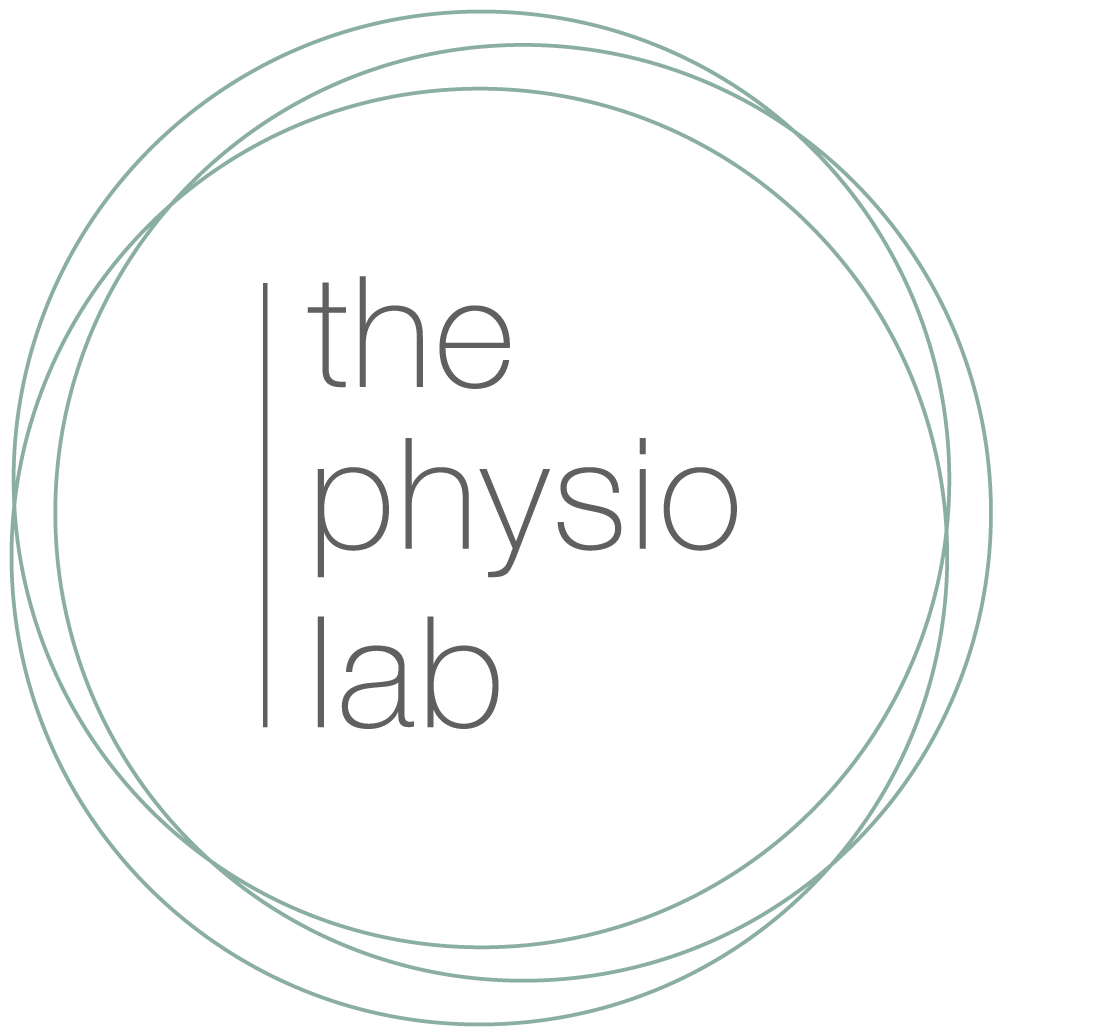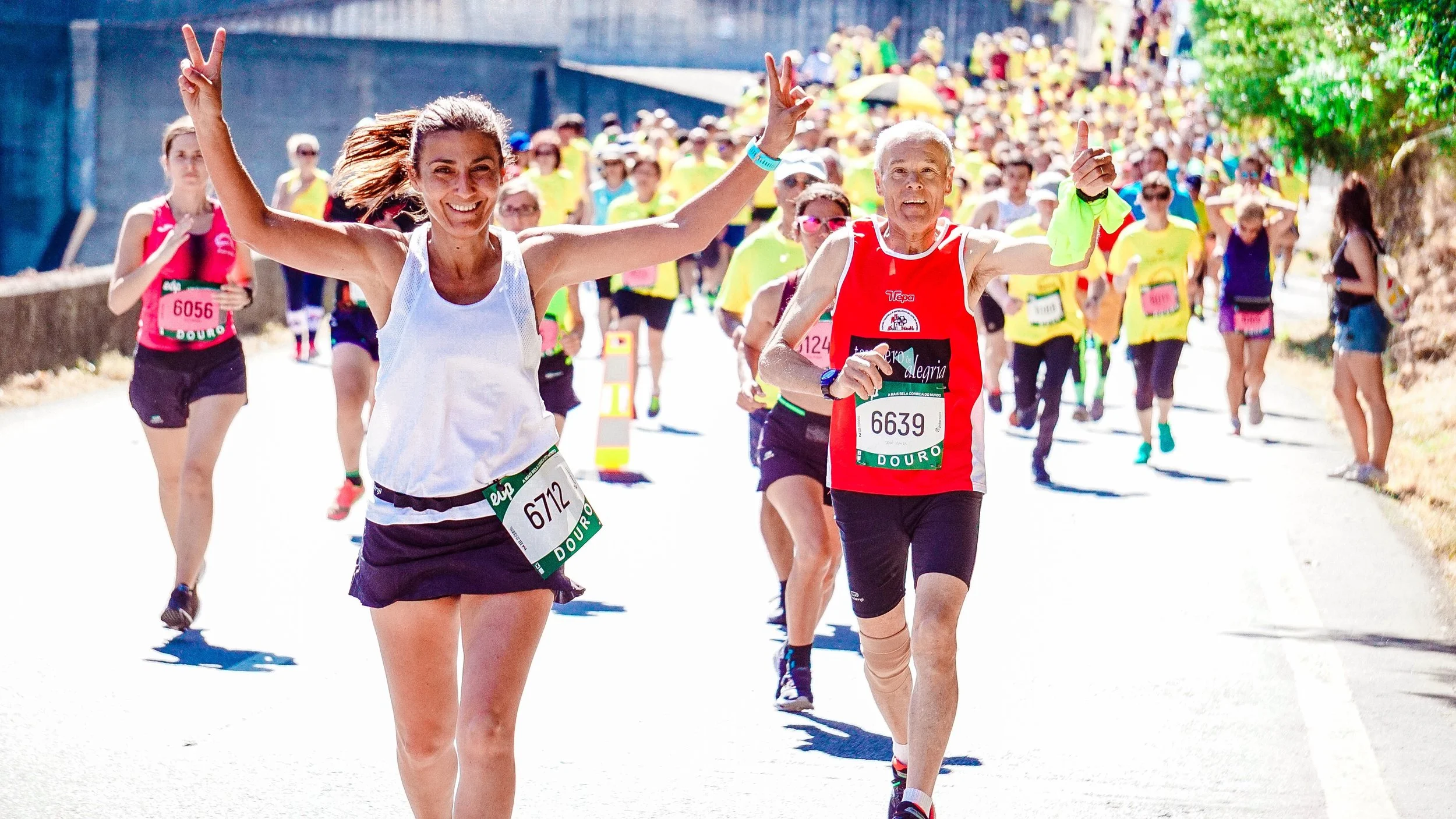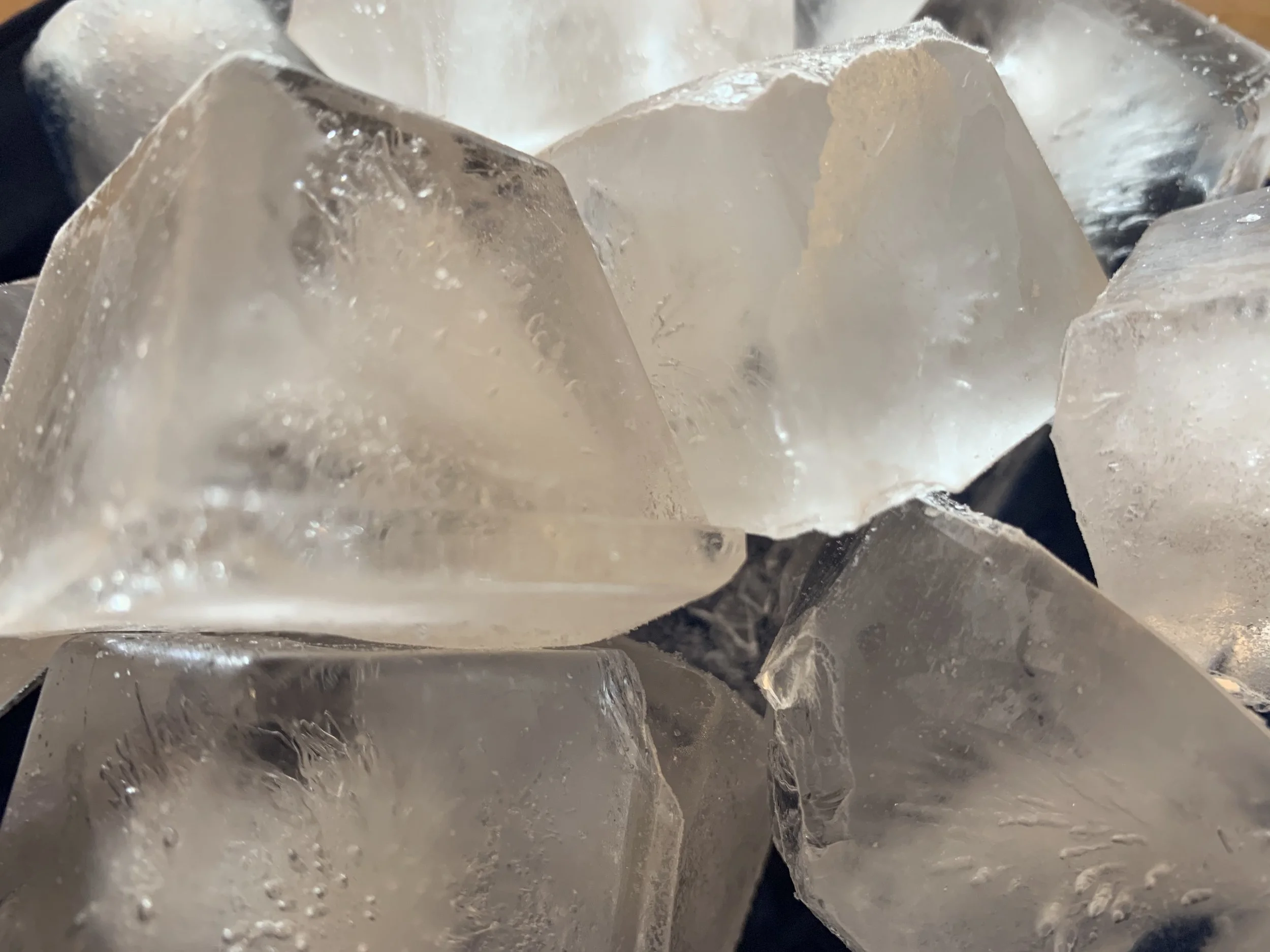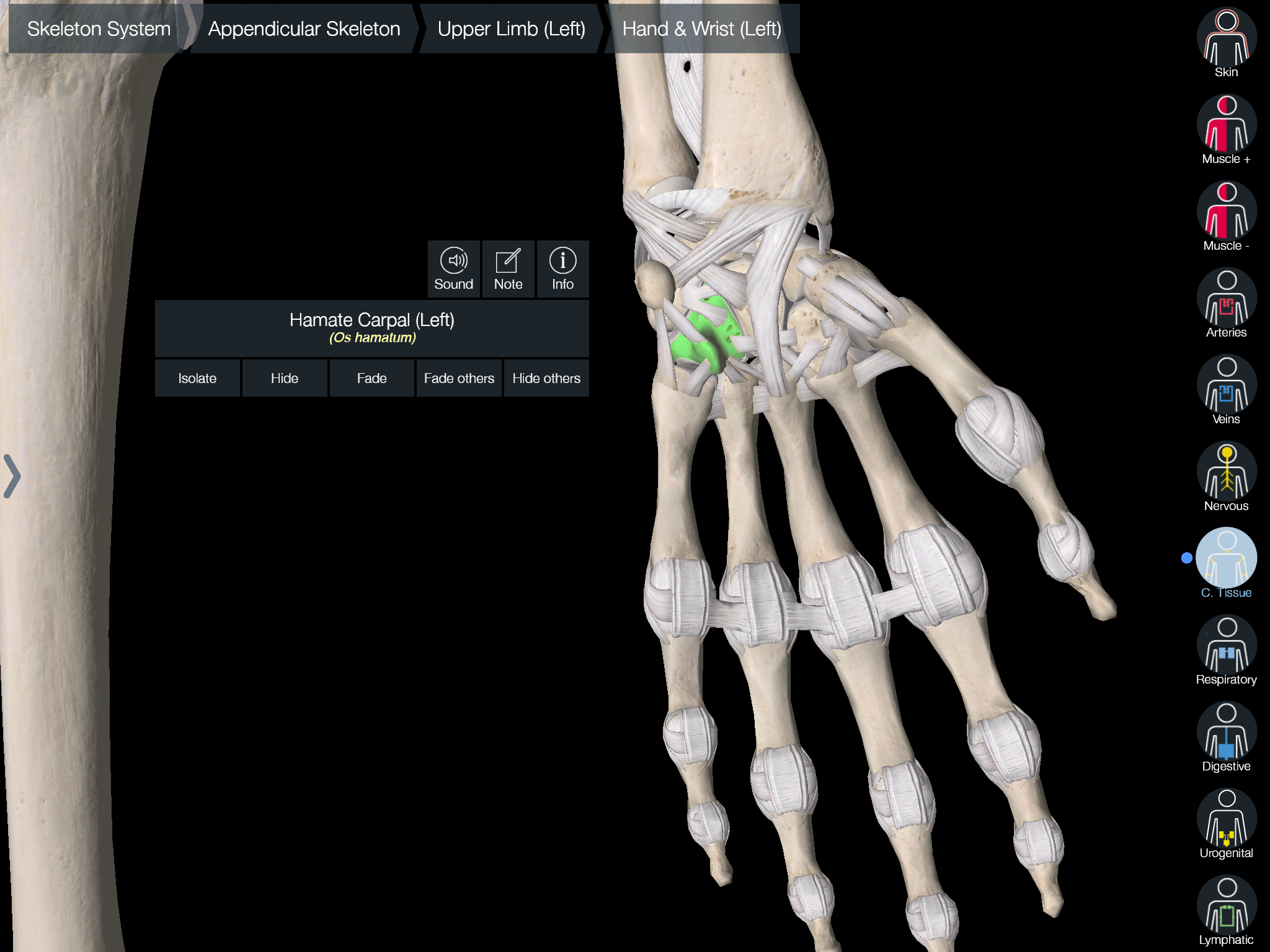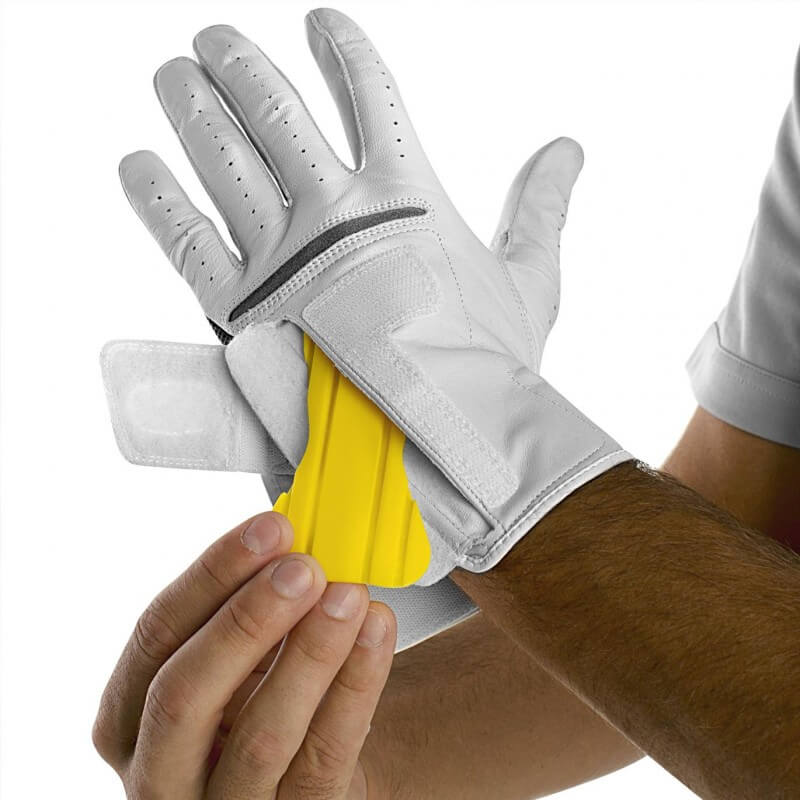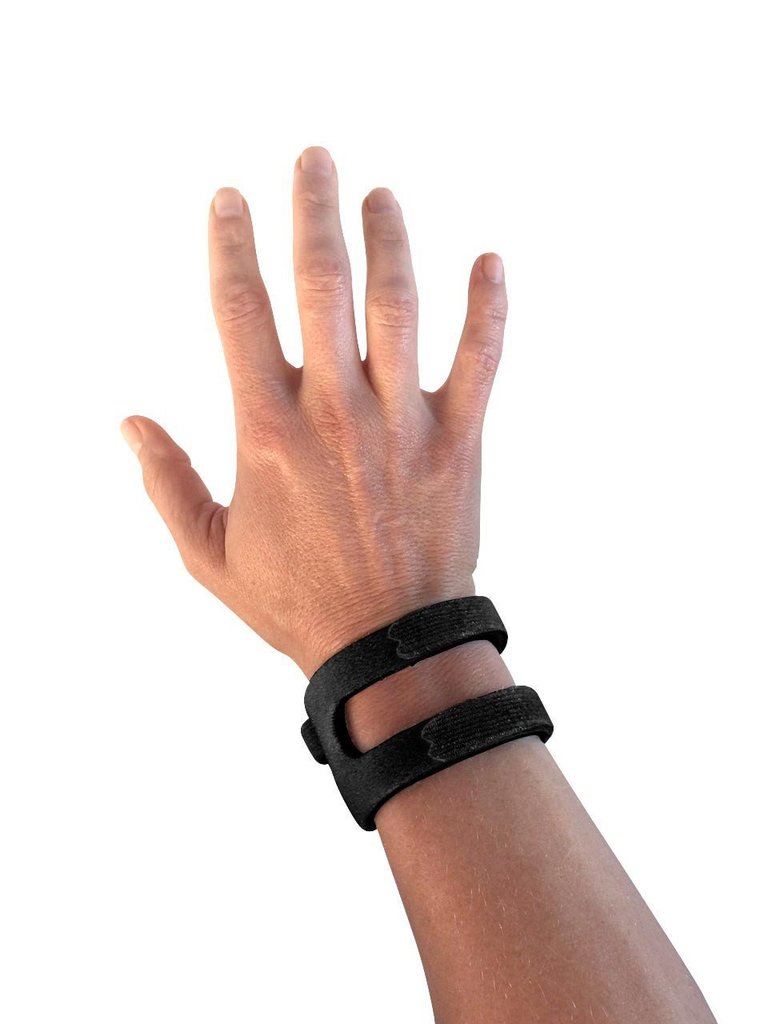In the physio world, breathing is often a core part of managing musculoskeletal pain. Poor breathing mechanics, involving parts of the body including the spine, rib cage, attached muscles, diagphragm and neural innervation (including the SNS and PNS), are an important focus in physiotherapy management. Injuries and dysfucntion to these sturctures can result in poor movement mechanics, impaired breathing mechanics and reduced function and perfromance. What is not often looked at in muscuoloskeletal and sports physiotherapy is the “how” we can bring about a change but altering how we breathe.
In "Breath," James Nestor embarks on what starts out as a personal journey to explore the often-overlooked significance of breathing in our lives. Through personal anecdotes, scientific research, and historical perspectives, Nestor reveals how modern habits have degraded our natural breathing practices and how correcting these can lead to profound improvements in health and well-being.
Overview
Nestor begins by recounting his own struggles with breathing, which is made apparent while participating in a deep-sea free diving experiment. His experiences spark a deeper inquiry into how we breathe and its impact on physical and mental health. He interviews experts in various fields, including doctors, scientists, and breathing coaches, while also delving into ancient practices from different cultures that emphasise the importance of breath.
Throughout the book, Nestor highlights the physiological mechanisms of breathing, the benefits of nasal versus mouth breathing, and the negative consequences of chronic improper breathing patterns. He combines scientific data with personal experiences, advocating for a return to more natural, conscious breathing practices.
Key Take-Home Points
The Importance of Nasal Breathing
Nestor emphasises that breathing through the nose is not just preferable but essential for optimal health. Nasal breathing filters, warms, and humidifies the air we inhale, activating the diaphragm more efficiently and promoting better oxygen exchange. It also stimulates the production of nitric oxide, a molecule that helps improve blood flow and supports the immune system. In contrast, chronic mouth breathing can lead to various health issues, including dental problems, sleep apnea, and diminished lung capacity.Understanding Breath and Its Effects on the Body
The book details how breath affects various bodily systems. Nestor discusses the relationship between breathing patterns and stress, explaining that shallow or rapid breathing can trigger the sympathetic nervous system (SNS) (the "fight or flight" response), leading to anxiety and heightened stress levels. Conversely, slow, deep breathing activates the parasympathetic nervous system (PNS), promoting relaxation and recovery. By consciously regulating our breath, we can significantly improve our emotional and physical states.The Role of Carbon Dioxide
Nestor highlights the often-misunderstood role of carbon dioxide (CO2) in the body. While traditionally seen as a waste product, CO2 is crucial for the release of oxygen from red blood cells to tissues (the Bohr effect). By practicing techniques that increase CO2 tolerance, such as breath-holding exercises, individuals can enhance their overall oxygen efficiency and athletic performance. This understanding shifts the focus from merely increasing oxygen intake to optimising the body’s use of oxygen.Ancient Practices and Modern Applications
The book draws parallels between ancient breathing techniques—such as those found in yoga, Buddhism, and indigenous cultures—and modern scientific findings. Nestor discusses practices like pranayama and the Buteyko method, which emphasise controlled breathing to improve health. By integrating these age-old practices into contemporary life, individuals can address a wide range of ailments, from anxiety to chronic pain.The Power of Breath Awareness
A central theme in "Breath" is the idea of breath awareness—becoming conscious of how we breathe throughout the day. Nestor suggests that simple mindfulness techniques, like paying attention to breath patterns or practicing specific breathing exercises, can lead to significant improvements in well-being. By cultivating a deeper awareness of our breath, we can learn to manage stress, improve focus, and enhance overall quality of life.
Conclusion
James Nestor’s "Breath" serves as both a compelling narrative and a practical guide, urging readers to reconsider the way they breathe. Through a blend of personal stories, scientific research, and historical insights, Nestor champions the idea that reclaiming the art of proper breathing can transform our health and lives.
By embracing nasal breathing, understanding the importance of CO2, learning from ancient practices, and fostering breath awareness, individuals can unlock a powerful tool for better physical health and greater emotional resilience. The book ultimately reaffirms the ancient wisdom that our breath is intrinsically linked to our overall well-being and encourages a conscious effort to reconnect with this vital aspect of life.
